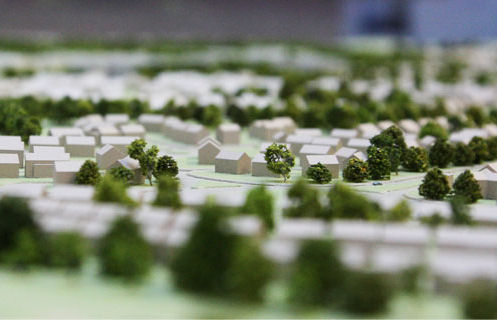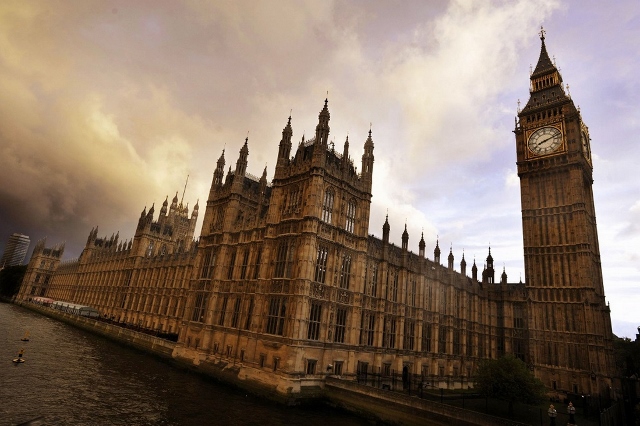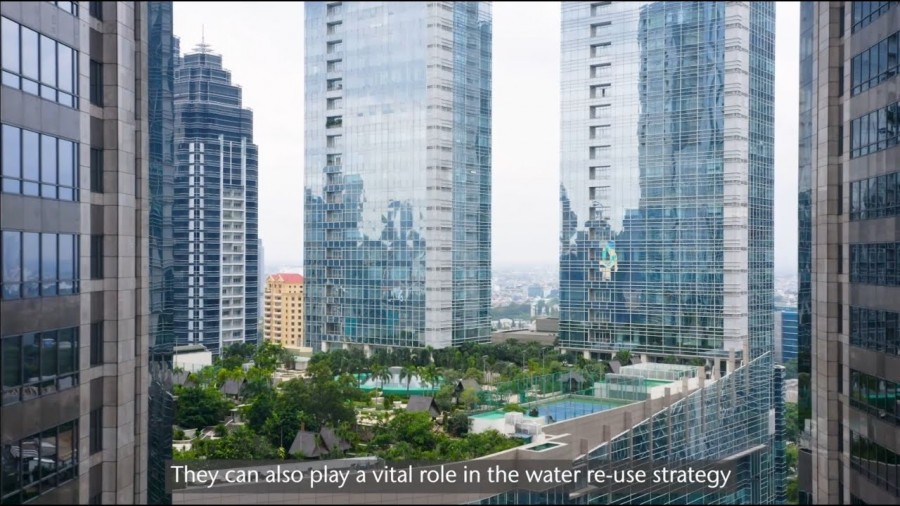All homes and businesses will have to meet rigorous new energy efficiency standards to lower energy consumption and bills, helping to protect the environment, the Housing Minister Chris Pincher has announced.
Responding to a consultation on the Future Homes Standard, the government has set out plans to radically improve the energy performance of new homes, with all homes to be highly energy efficient, with low carbon heating and be zero carbon ready by 2025.
These homes are expected to produce 75-80% lower carbon emissions compared to current levels. To ensure industry is ready to meet the new standards by 2025, new homes will be expected to produce 31% lower carbon emissions from 2021.
Existing homes will also be subject to higher standards – with a significant improvement on the standard for extensions, making homes warmer and reducing bills. The requirement for replacement, repairs and parts to be more energy efficient. This includes the replacement of windows and building services such as heat pumps, cooling systems, or fixed lighting.

Housing Minister Rt Hon Christopher Pincher MP said: “Improving the energy performance of buildings is vital to achieving net-zero emissions by 2050 and protecting the environment for future generations to come.
“The radical new standards announced will not only improve energy efficiency of existing homes and other buildings, but will also ensure our new homes are fit for the future, by reducing emissions from new homes by at least 75%.
“This will help deliver greener homes and buildings, as well as reducing energy bills for hard-working families and businesses.”
The government plans also include measures to tackle:
- Ventilation – a new requirement for additional ventilation and indoor air quality monitoring in high-risk non-domestic buildings such as offices and gyms, reducing the risk of any potential infections being spread indoors.
- Overheating in residential buildings - a new overheating mitigation requirement in the Building Regulations.
RIBA President, Alan Jones, said:“Several measures outlined in the government's response show some endeavour to tackle the climate crisis. Regulation to ensure no new home will be reliant on fossil fuels; decisions to close the loopholes in the transitional arrangements; and powers to allow local authorities to continue to set their own energy targets are all welcome.
“However, I am concerned to see no requirement to calculate the operational energy or embodied carbon of new homes. The proposed ‘performance gap’ measures are not sufficient to determine how well new buildings actually perform.
“Both the Future Homes Standard and new Future Buildings Standard – which the RIBA and its members looks forward to helping shape – must provide the changes needed to meet net zero.”
There will be stringent transitional arrangements in place to provide all developers with certainty about the standards they are building. These will last for one year and apply to individual homes, rather than an entire development.
The government has also announced a consultation on higher performance targets for non-domestic buildings which will mean they will be zero carbon ready by 2025.
Taken together these measures will help to lower the cost of energy bills for families, while helping to tackle our climate change goals.

The government is committed to reaching net-zero and is taking considerable action to address the emissions from buildings – with heating and powering buildings currently accounting for 40% of the UK’s total energy usage.
There has already been considerable progress made on emissions from homes, with overall total emissions reduced by about a fifth since 1990 despite there being approximately a quarter more homes.
In 2019 the government introduced a legally binding target to reduce greenhouse gas emissions to net zero by 2050 – making the UK the first major economy in the world to legislate a zero net emissions target. The measures announced today recognise the important role that the energy efficiency of buildings can play in achieving this goal.
Julie Hirigoyen, Chief Executive at UKGBC, said: “We are pleased to see confirmation that the Future Homes Standard will mean new homes will have carbon dioxide emissions 75-80% lower than those built to current Building Regulations – though it’s regrettable that the Standard won’t be implemented till 2025, despite it being widely trailed that it would be brought forward to 2023.
“We also welcome the interim 31% threshold later this year, which will put us on a path to the Future Homes Standard.
“It’s a big relief that the Government has ditched its original proposal to scrap the Fabric Energy Efficiency Standard (FEES). We had long argued that scrapping the FEES would be a highly retrograde step, meaning in some cases that a home that would fail current Building Regulations because of poor fabric could pass the 2021 regulations.
“Meanwhile, the many local authorities that have declared climate emergencies will also be relieved that Government has confirmed that in the immediate term they can still set higher energy performance standards for new homes than those mandated by Building Regulations. But they, like us, will be disappointed that Government hasn’t completely ruled out curtailing their powers in the future.”





















